Who Invented The Lunar Surface Ultraviolet Camera For Apollo 16
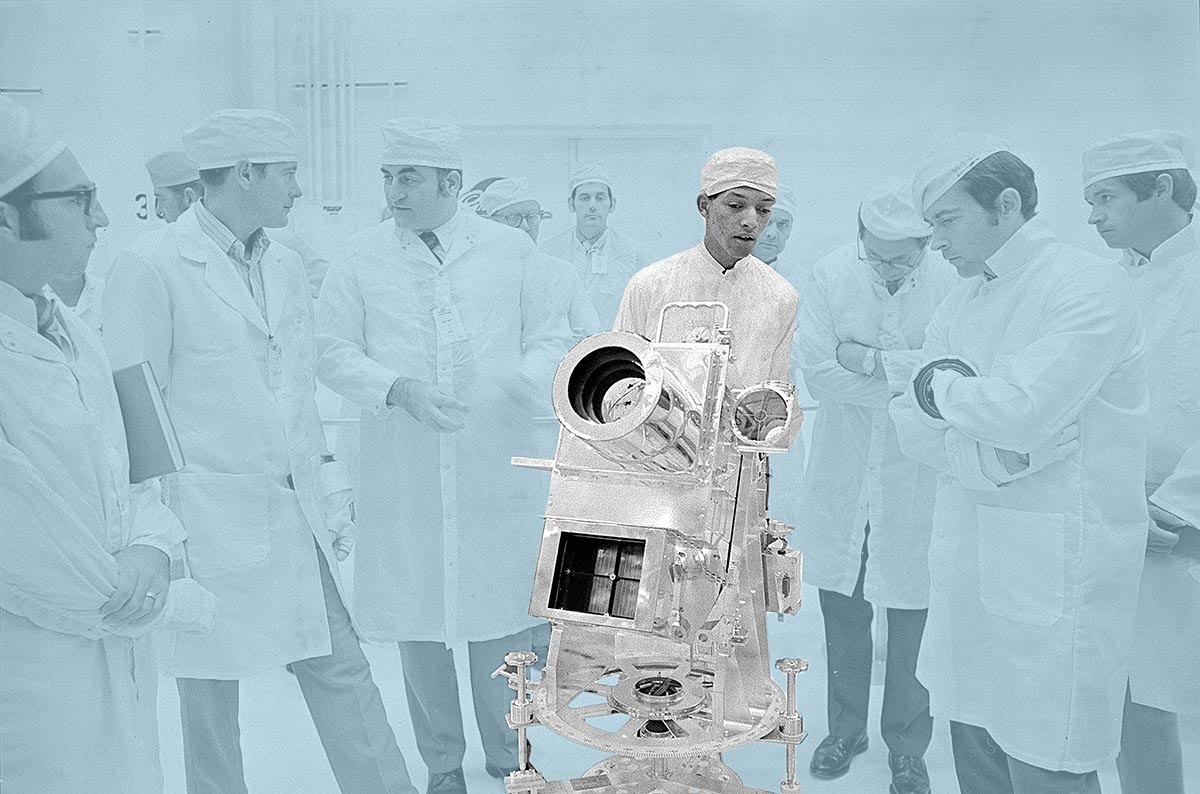
We recall Dr. George Carruthers, who passed abroad Dec. 26. During his career at the U.Southward. Naval Research Laboratory, Dr. Carruthers invented the first Moon-based astronomy observatory, which was placed by Apollo xvi astronauts on the lunar surface.
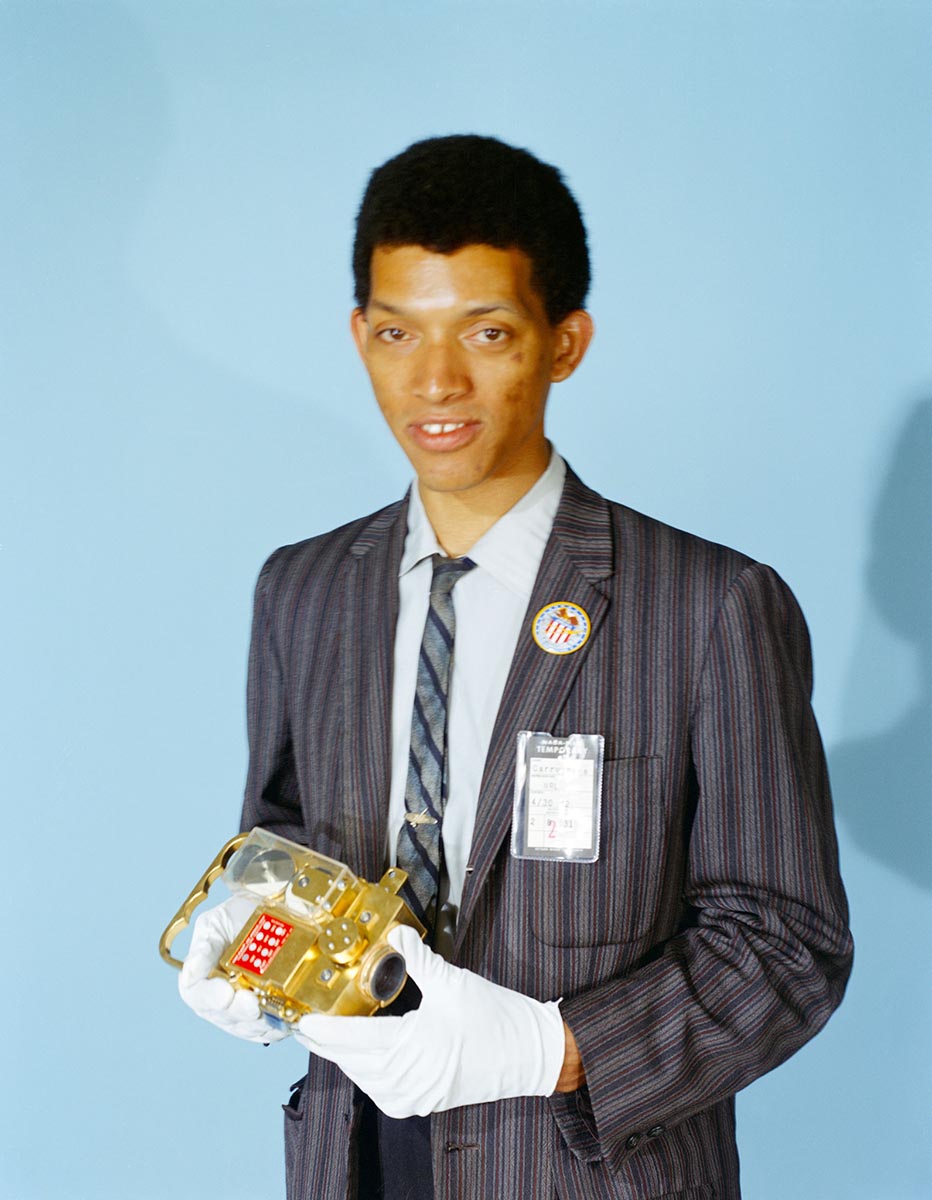 Working for the Naval Research Laboratory, Carruthers received a patent for a Far Ultraviolet Electrographic Camera, which obtained images in electromagnetic radiations in short wavelengths.
Working for the Naval Research Laboratory, Carruthers received a patent for a Far Ultraviolet Electrographic Camera, which obtained images in electromagnetic radiations in short wavelengths.
Apollo 16 astronauts placed the observatory on the Moon in April 1972, where information technology sits today on the Moon's Descartes highland region, in the shadow of the lunar module Orion.
Just four of these cameras were fabricated. One is on the Moon and the backup camera is at the National Air and Space Museum. The the ii remaining cameras are at Space Center Houston and the Naval Enquiry Laboratory, which were used for training. It is also believed that the camera at our middle was a qualification unit.
We are honored to business firm such a significant piece of space history and aid share Dr. Carruthers'due south invention and contributions to space exploration with future generations.
About the Far-Ultraviolet Camera/Spectroscope Experiment
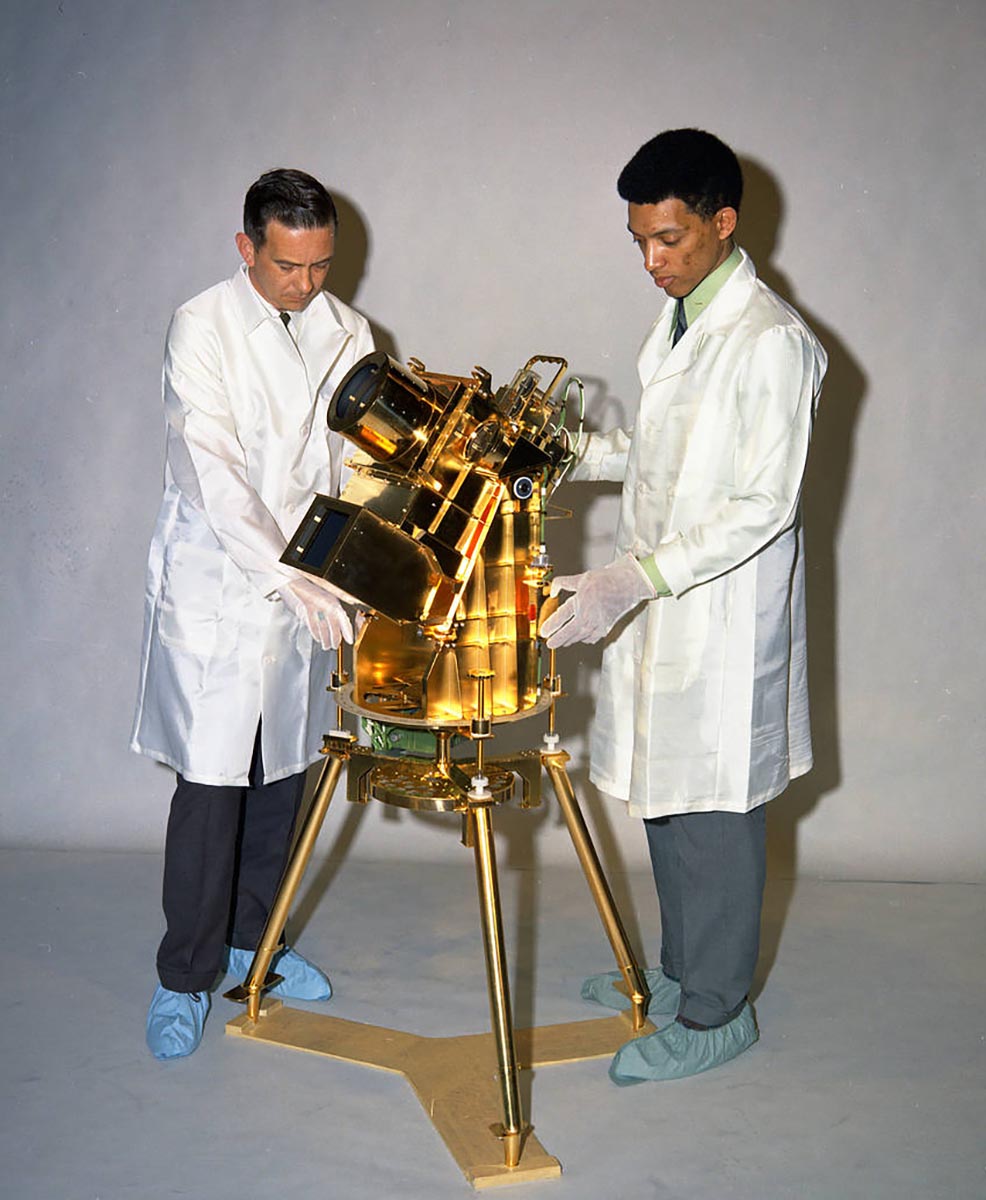
This experiment constituted the offset planetary-based astronomy observatory and consisted of a tripod-mounted, 3-in electronographic Schmidt camera with a cesium iodide cathode and picture show cartridge. Spectroscopic data were provided in the 300- to 1350-A range (30-A resolution), and imagery data were provided in two passbands (1050 to 1260 A and 1200 to 1550 A). Difference techniques immune Lyman-blastoff (1216-A) radiation to be identified.
Astronaut John Young deployed the photographic camera in the shadow of the Lunar Module and then pointed it toward objects of interest. Specific planned targets were the geocorona, the World'southward atmosphere, the solar air current, diverse nebulae, the Milky way, galactic clusters and other galactic objects, intergalactic hydrogen, solar bow deject, the lunar atmosphere, and lunar volcanic gases (if any). At the end of the mission, the moving-picture show was removed from the photographic camera and returned to Earth.
After successful landings on the Moon, NASA was looking for more scientific studies to be performed by the astronauts on the Moon. Dr. Carruthers proposed building a camera to perform far-ultraviolet astronomy from the Moon. Carruthers is considered the inventor of the ultraviolet camera/spectrograph. When Dr. Carruthers'due south proposal was accepted, he was paired with Dr. Thornton Fifty. Page at NASA Johnson Space Center (JSC) who became his co-investigator. Dr. Carruthers thus invented the commencement Moon-based observatory, the Far Ultraviolet Photographic camera/Spectrograph, which was used in the Apollo sixteen mission.
The far UV camera/spectrograph was operated from the lunar surface for the first time on Apollo 16. The musical instrument was sensitive to light in the 500 to 1500 Angstroms range and "bullheaded" to ordinary visible low-cal. The experiment was completely successful in that the experiment team obtained 178 photographic frames of far UV data on the airglow and polar auroral zones of the Globe and the geocorona; on over 550 stars, nebulae, or galaxies; and on the nearest external milky way, the Large Magellanic Cloud.
Asked to explain highlights of the musical instrument's findings for a general audience, Dr. Carruthers said "the most immediately obvious and spectacular results were really for the Earth observations, because this was the first time that the World had been photographed from a distance in ultraviolet light, so that you could run into the full extent of the hydrogen atmosphere, the polar auroris and what nosotros call the tropical airglow belt."
About the cameras
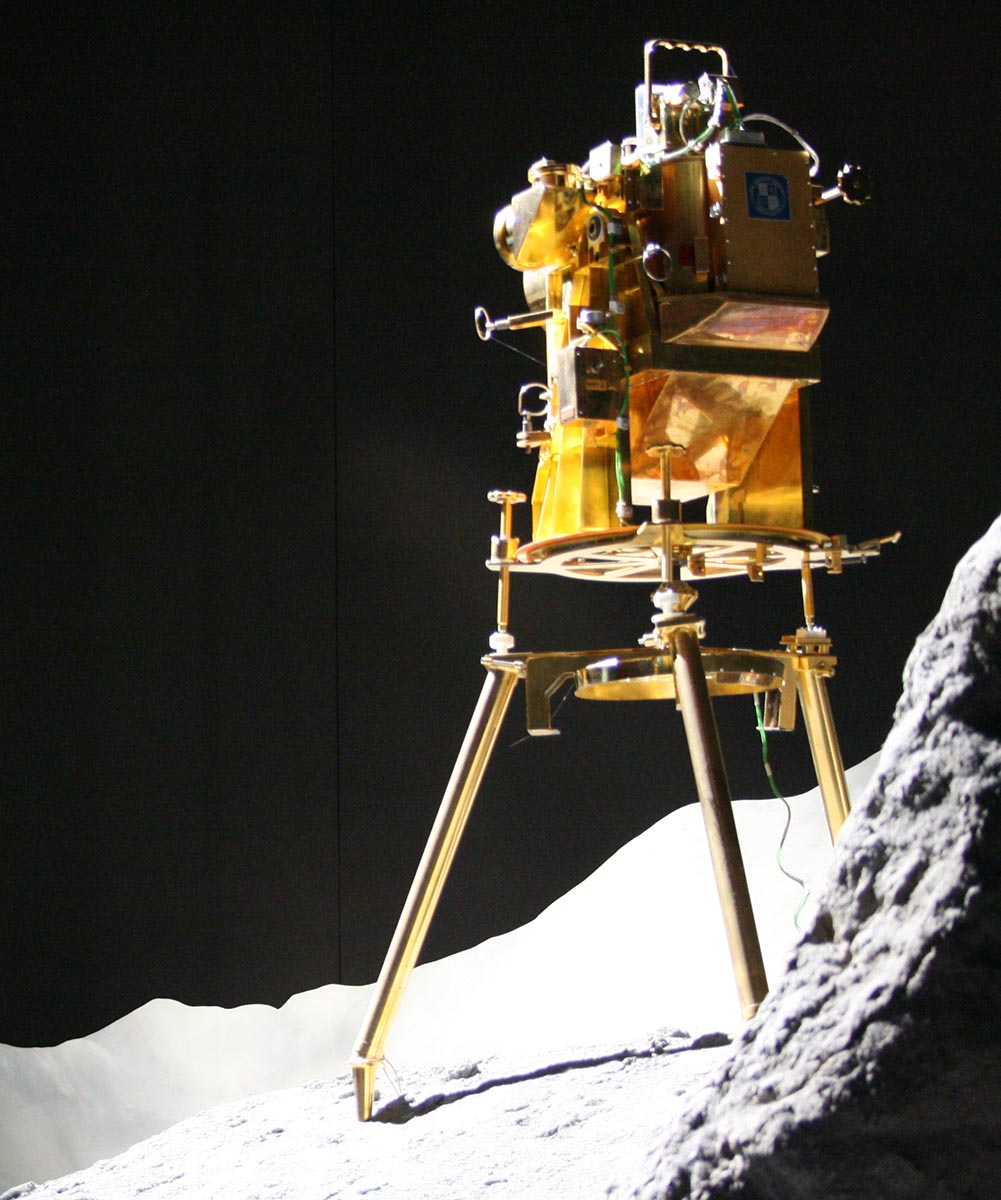
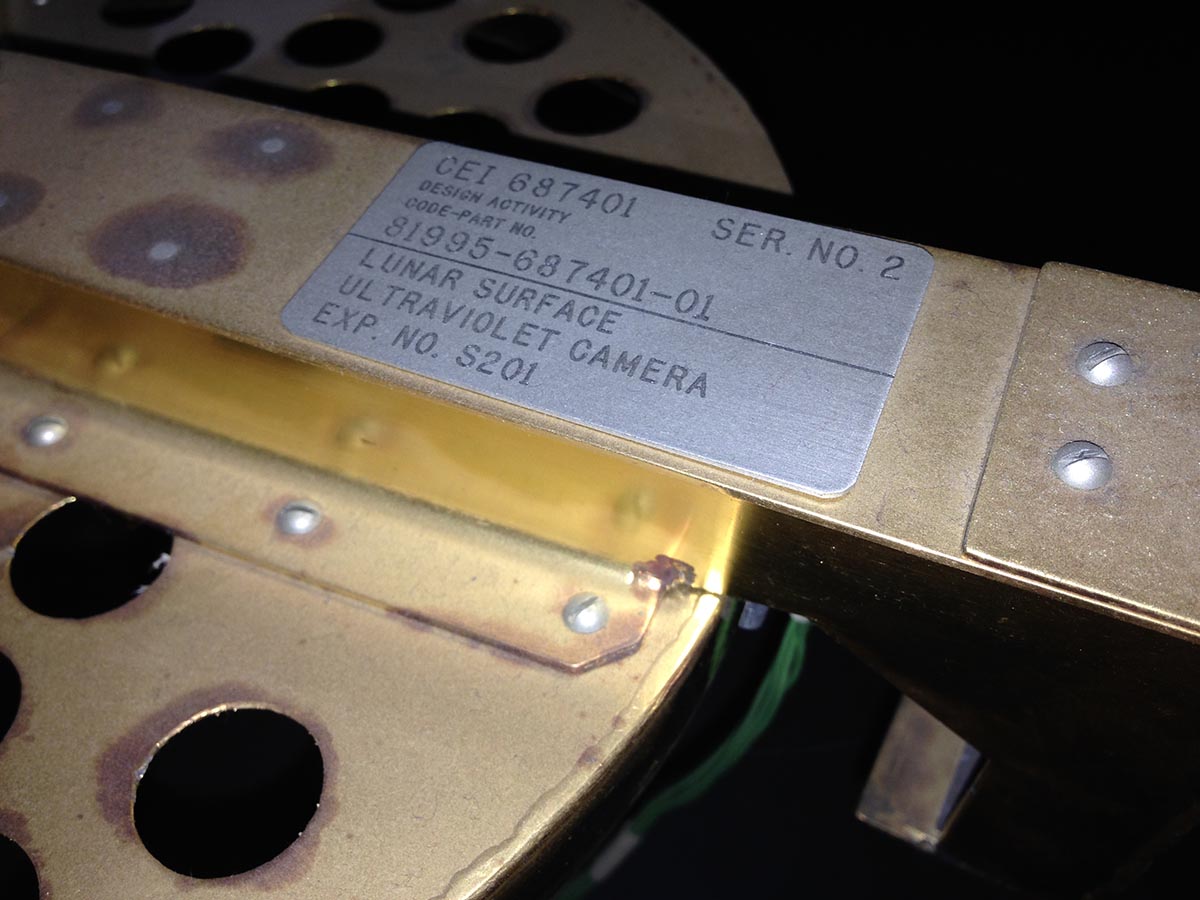
Four Far-Ultraviolet Photographic camera/Spectrographs were built. The cameras were identified by their serials numbers 1 through 4.
Photographic camera with serial number 3 was flown to the Moon on Apollo 16 where information technology remains today. The flight backup camera is number iv and is now on brandish at the National Air and Space Museum.
Serial Number one was used for grooming and is currently located at the Naval Research Laboratory. The instrument on display at Space Middle Houston is Series Number 2. This camera belonged to Dr. Thornton L. Page at JSC who was the co-investigator with Dr. George Carruthers on the Apollo 16 project.
Number 2 was an applied science unit of measurement that was used at JSC. Among other uses, the technology unit would have been the instrument subject area to testing at JSC. It may have been tested in the thermal vacuum chamber to make certain information technology qualified for use in the harsh atmospheric condition of space.
In the "Catalog of Apollo Experiment Operations" by Thomas A. Sullivan, in that location is a line that says "The crew had received preparation with the qualification unit a calendar week earlier launch and had discovered that the photographic camera mode changes produced racket on the VHF radio." In Dr. George Carruthers's oral history, he says astronauts trained on the camera at JSC and at NASA'southward Kennedy Space Center.
Boosted contributions and accolades
Dr. Carruthers made the first detection of molecular hydrogen in space, in 1970, using a sounding rocket.
He developed a rocket instrument that obtained an ultraviolet paradigm of Comet Halley, and an musical instrument with ii cameras, with unlike far-UV wavelength sensitivities, used on the STS-39 space shuttle mission in 1991.
He has worked on UV imaging of Earth's polar auroras and of the faint photochemical luminescence found in the upper temper, with an instrument, Global Imaging Monitor of the Ionosphere (GIMI), on a Department of Defence force satellite, the Advanced Inquiry and Global Observation Satellite (ARGOS), launched in 1999.
In 2012, he was awarded the National Medal of Technology and Innovation, the nation's highest award for applied science achievement.
Source: https://spacecenter.org/remembering-dr-george-carruthers/
Posted by: dentonconly1969.blogspot.com

0 Response to "Who Invented The Lunar Surface Ultraviolet Camera For Apollo 16"
Post a Comment